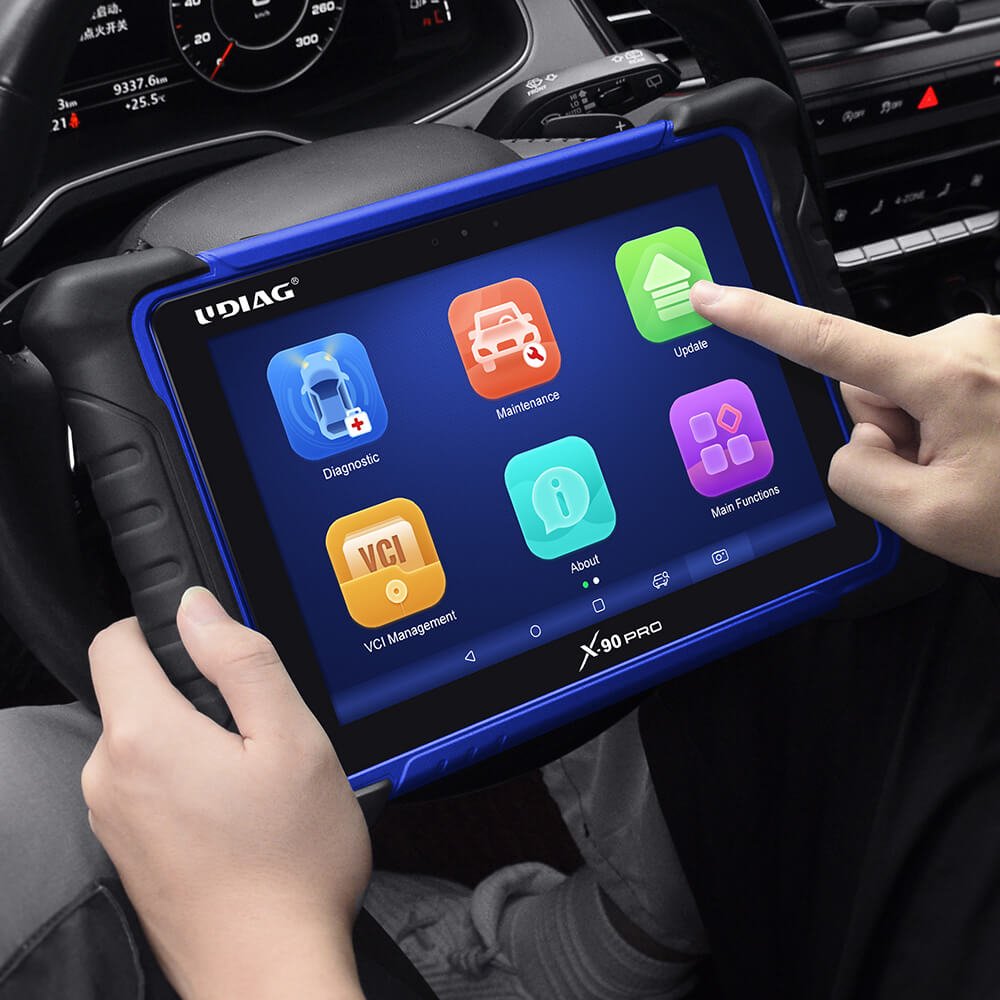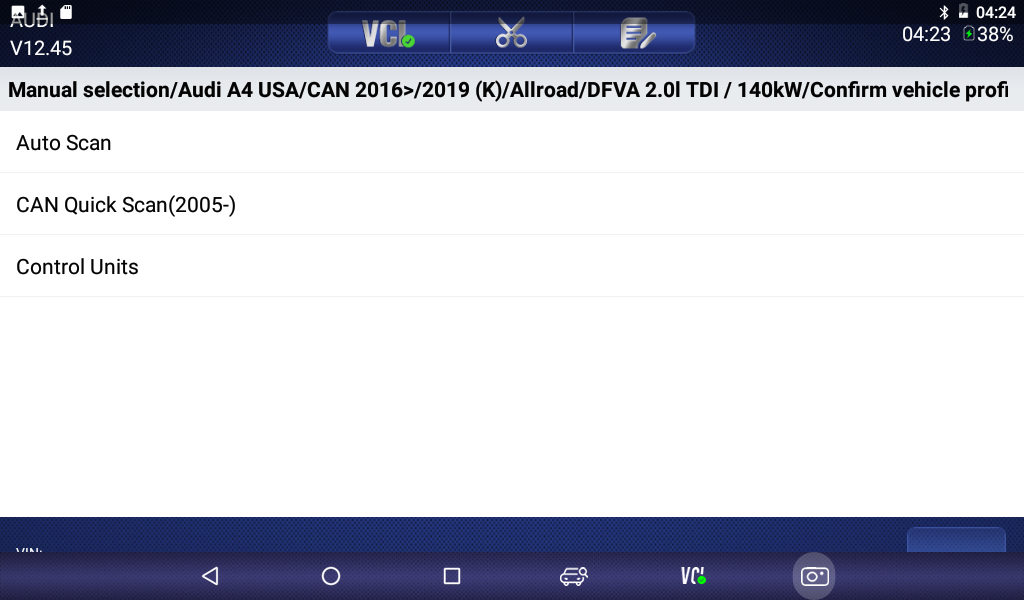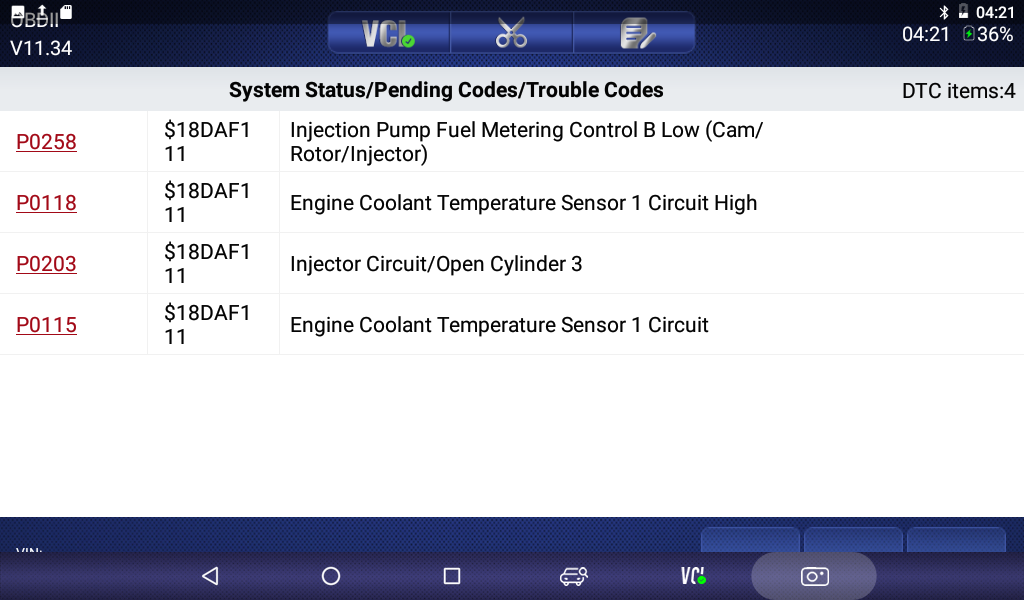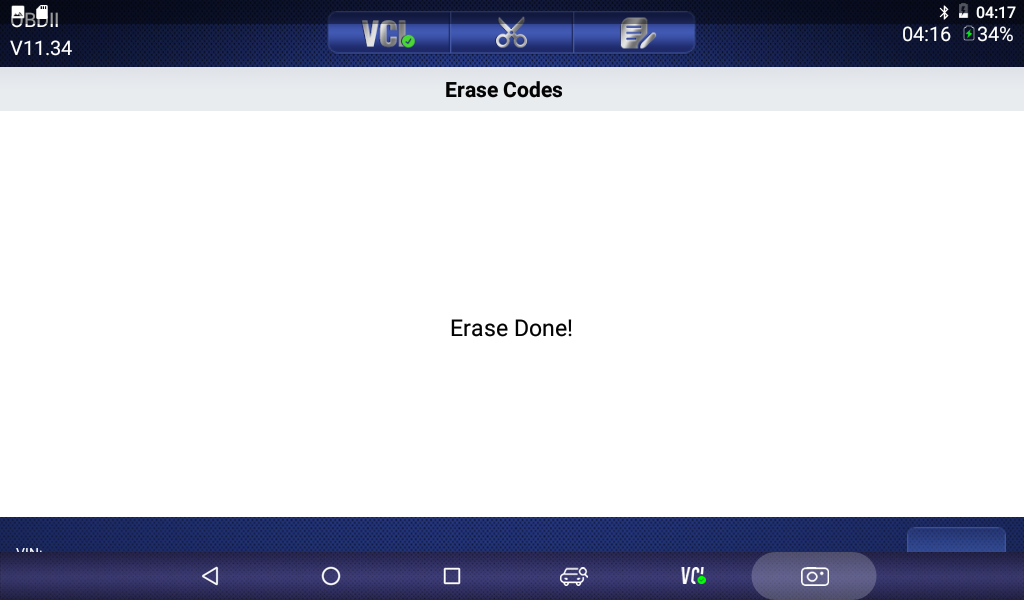Everything You Need to Know about Car Diagnosis
2023-01-30 by UDIAG
As an owner of your car, you are familiar with how it should look, feel, and smell. When something goes wrong, such as a check engine lamp going on or unusual sounds coming from beneath the hood, you might find that your car is not as familiar as it should be. An auto-diagnostic test can help you identify the problem.
What Is A Car Diagnostics Test?
A car diagnostic can help determine if your vehicle’s engine, emissions, transmission, ignition coils, and oil tank are in need of repair.
Most car diagnostic tests can be done at a dealer shop or mechanic, but it is also possible to perform the test yourself. Although it may sound complicated, car diagnostic tests can be completed in a short time and at a low cost.

How Often Do You Need to Run A Car Diagnostic Test?
It is a common issue that we wait to take our vehicles to the mechanics for diagnosis until there is a serious malfunction or breakdown.
The simple steps to performing a diagnostic test on your car will make it easier for you to keep it in good condition. This is certainly a better and more cost-effective way than taking your car to the mechanic for repairs.

How Long Does Your Car Diagnostic Testing Take?
A standard car diagnostic test should take no more than a few minutes. A car diagnostic test usually starts with an OBD2 Code reading and check engine code reading. The car diagnostic scanner can be connected to your vehicle to read the trouble codes.
After reading the Diagnostic Trouble Codes they will perform some investigative work in order to obtain more precise information about the malfunction and what can be done to correct it.

Steps to Diagnose Your Car
Step 1: Trouble Codes Reading
When you encounter a vehicle trouble, you can connect UDIAG’s professional diagnostic tool to the vehicle via Bluetooth. Entering the diagnosis interface, and automatically check the vehicle fault codes.

Step 2: Interpreting The Codes & Further Investigation
After diagnosis, the codes of the vehicle will be displayed on the screen, and the technicians can trouble shoot vehicle faults and problems one by one.

Step 3: Erase Trouble Codes
After solving all faults, using the diagnostic tool to diagnose car again, and you can enter the interface for erase trouble codes without any new problems.

Conclusion
You should perform regular car diagnostic tests to ensure vehicle health. Professional car diagnostic tools are the best choice to resolve your car problems.


